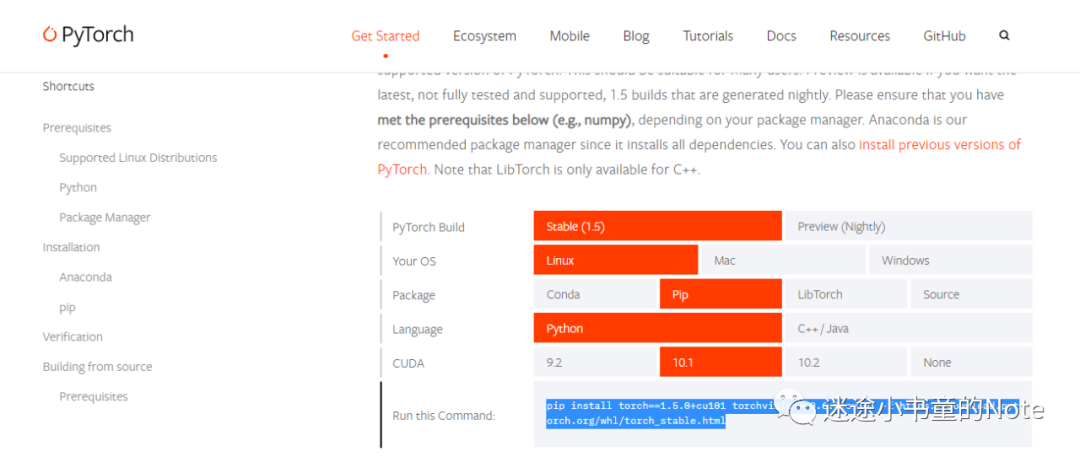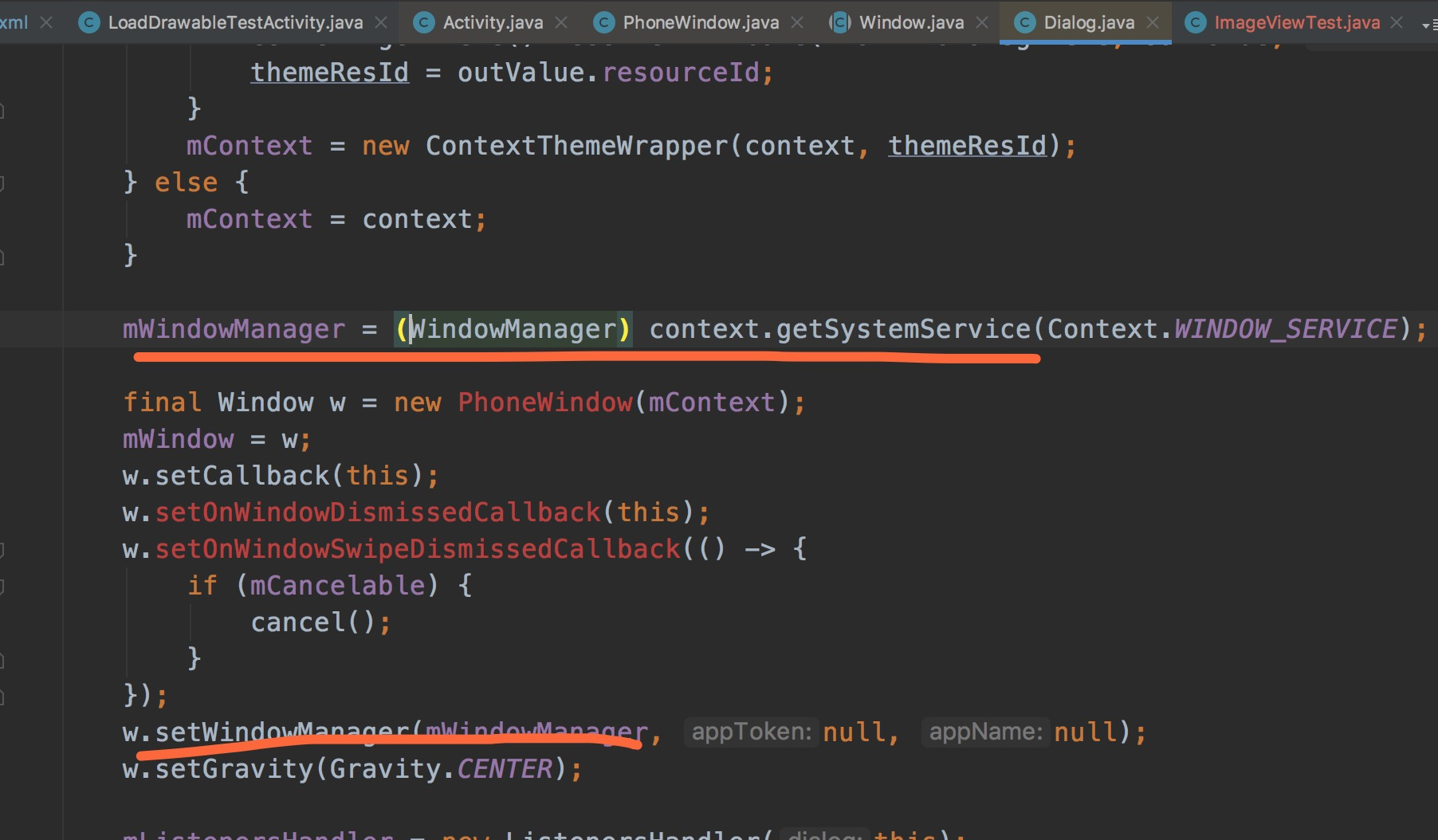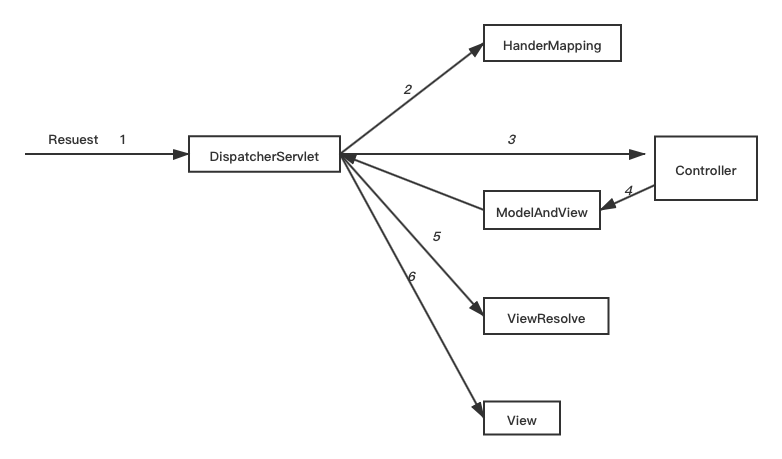I have a directive that builds a form:
app.directive('config', function() {
return {
restrict: 'E',
scope: {
data: '='
},
template: '<form name="configForm">' +
'<input type="number" max="10" ng-model="config.item" name="configItem"/>' +
'<div class="form-error" ng-show="configForm.$error.max">Error</div>' +
'</form>',
controller: 'ConfigDirectiveController',
};
});
What I want to do is validate via a unit test that the error message will show up given some input. With angular 1.2 I could modify $scope.config.item and it would update the view value and show the error.
As near as I can tell, with angular 1.3, if the model does not pass validation the view value does not get updated...so I need to modify the view value to make sure the error message shows up.
How can I get access to the "configItem" input so that I can set the view value to ensure that the error message will show up?
Edited to show unit test
I see that the value is set properly, but the error still has an ng-hide applied to the tag. When I am viewing the page and manually changing the input value, the ng-hide will be removed and the error will display if I enter in something greater than 10.
beforeEach(inject(function($compile, $rootScope) {
element = angular.element('<config data="myData"></config>');
$scope = $rootScope.$new();
$scope.myData = {};
element = $compile(element)($scope);
}));
it('should warn that we have a large number', function() {
var input = element.find('[name="configItem"]')[0];
$scope.$apply(function() {
angular.element(input).val('9000000001');
});
errors = element.find('[class="form-error ng-binding"]');
expect(errors.length).toBe(1);
})





